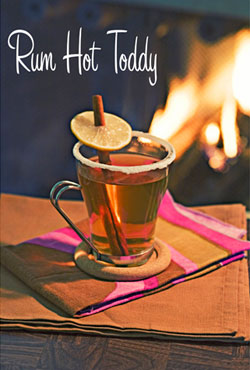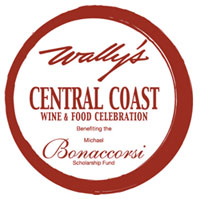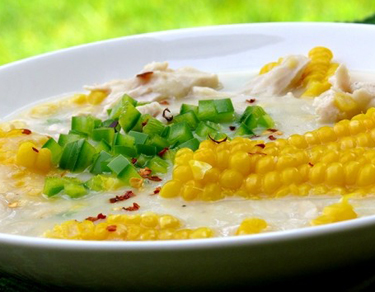 Because our holiday parties tend to revolve around themes and menus of yesterday (I blame my house, it’s terribly 1950s to the extreme, and no, I wouldn’t change a thing), I wanted to experiment with a category of drinks that are probably better suited to Patagonia rather than Sunny Southern California: hot cocktails.
Because our holiday parties tend to revolve around themes and menus of yesterday (I blame my house, it’s terribly 1950s to the extreme, and no, I wouldn’t change a thing), I wanted to experiment with a category of drinks that are probably better suited to Patagonia rather than Sunny Southern California: hot cocktails.
Regardless of the outside temperature though, sipping a hot cocktail accomplishes two things: it warms your hands and tummy and makes you incredibly drunk. What’s not to enjoy about that? Besides, we can all sit around sipping cider or cocoa all the time, can we?
Here are 4 hot cocktails that will definitely be featured at my next shindig, no matter what the weather’s like. The suntan lotion, however, will be strictly optional.

 If you spent three days driving throughout the Central Coast
wineries, from Santa Barbara to Los Pasos, you could not have sampled a
fraction of the wines you could have in an hour at Wally’s 8th Annual
Central Coast Food and Wine celebration. The event benefits the
Michael Bonaccorsi UC Davis Scholarship Fund and the endowment at Allan
Hancock College for students who want to pursue careers in Viticulture
and Enology. There were over 55 wineries serving 150 unique wines you
could sniff, swirl, taste and savor. It was like wandering from room to
room in one of your favorite art museums only to discover another
gallery filled with astonishing paintings you’ve never seen before.
If you spent three days driving throughout the Central Coast
wineries, from Santa Barbara to Los Pasos, you could not have sampled a
fraction of the wines you could have in an hour at Wally’s 8th Annual
Central Coast Food and Wine celebration. The event benefits the
Michael Bonaccorsi UC Davis Scholarship Fund and the endowment at Allan
Hancock College for students who want to pursue careers in Viticulture
and Enology. There were over 55 wineries serving 150 unique wines you
could sniff, swirl, taste and savor. It was like wandering from room to
room in one of your favorite art museums only to discover another
gallery filled with astonishing paintings you’ve never seen before.
 When we think of pairing wine with soup, we often think wine only complements thick, meaty stews or soups...and sometimes that is right on. However, when it comes to making the perfect pairing, it's really what's in the pot that determines the perfect wine match.
When we think of pairing wine with soup, we often think wine only complements thick, meaty stews or soups...and sometimes that is right on. However, when it comes to making the perfect pairing, it's really what's in the pot that determines the perfect wine match. A coffee farmer shared with me that the most injury prone job picking coffee involves climbing. When one hand is holding the tree and the other a machete--what are you left with to swat the bugs?
A coffee farmer shared with me that the most injury prone job picking coffee involves climbing. When one hand is holding the tree and the other a machete--what are you left with to swat the bugs?  I love old timey things. I even love the term old timey. Whenever I
hear it, everything turns into sepia tone and rag time music starts
playing. Then my iPhone rings and I realize I need to update my blog
and twitter. I'm happy I wasn't born in the 30's but I enjoy many
things about it. Mainly the influx of bars that seem to embrace that
old timey feel. Did Mad Men have something to do with this? Probably.
I'll be the first to admit prior to watching Don Draper I never had an
Old Fashioned. I now love Old Fashioneds. I even make a really good Old
Fashioned.
I love old timey things. I even love the term old timey. Whenever I
hear it, everything turns into sepia tone and rag time music starts
playing. Then my iPhone rings and I realize I need to update my blog
and twitter. I'm happy I wasn't born in the 30's but I enjoy many
things about it. Mainly the influx of bars that seem to embrace that
old timey feel. Did Mad Men have something to do with this? Probably.
I'll be the first to admit prior to watching Don Draper I never had an
Old Fashioned. I now love Old Fashioneds. I even make a really good Old
Fashioned. 